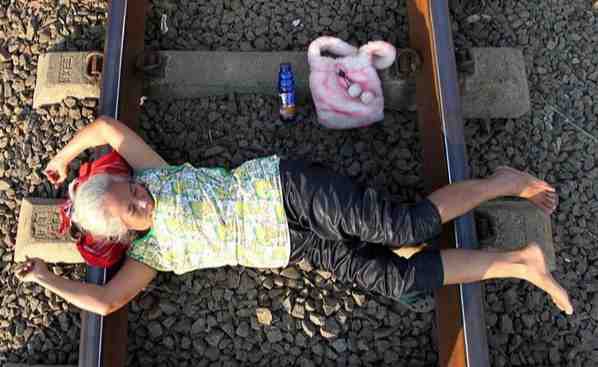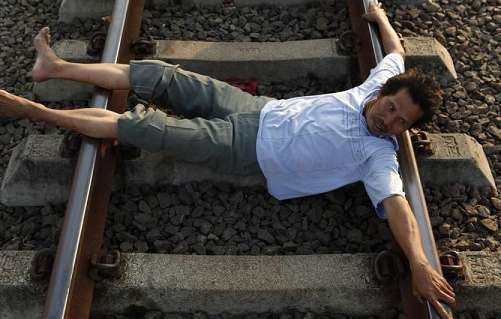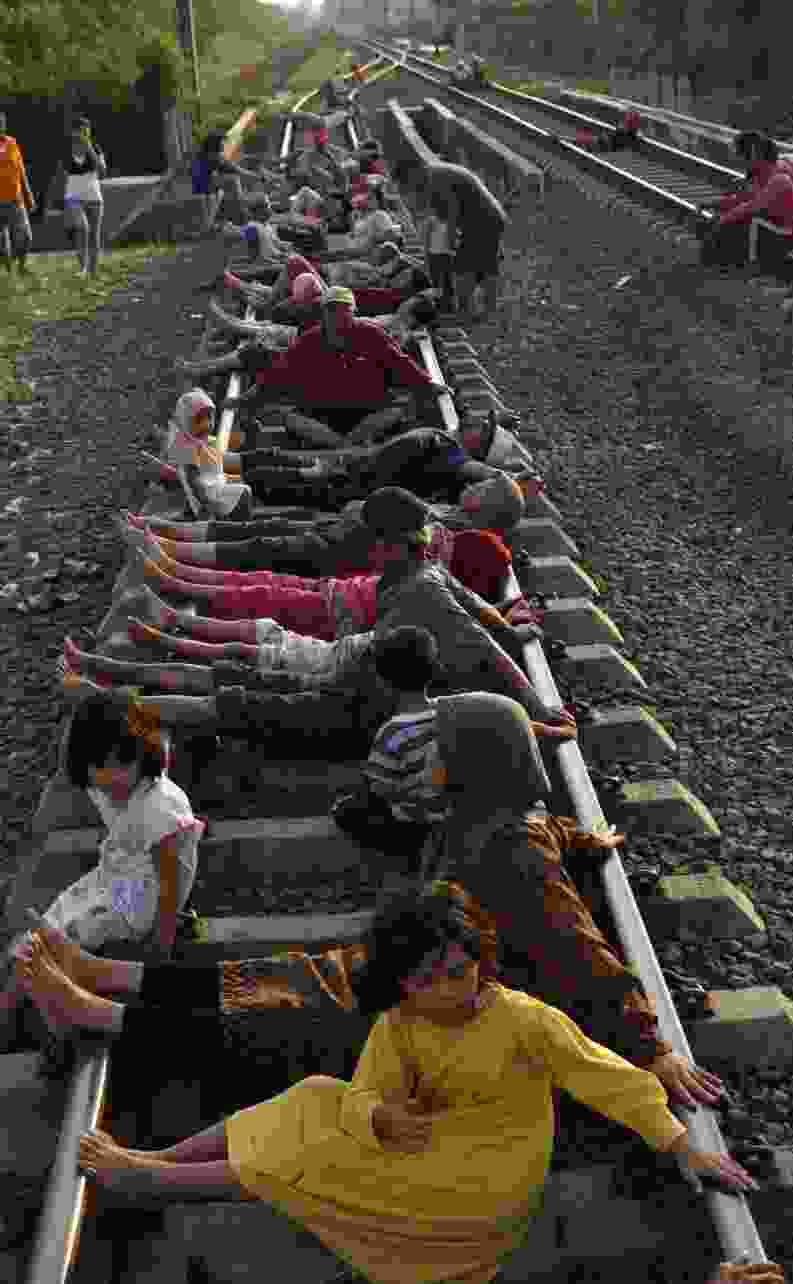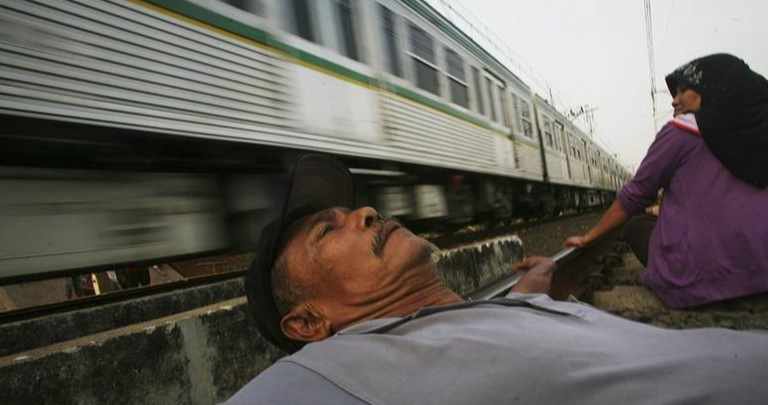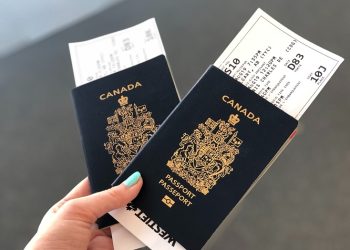Indonesian officials are scrambling to find a solution to the latest dangerous trend in Jakarta: people who roam the city’s railway tracks looking for free “electric therapy.”
Lying across train tracks is not normally associated with good health, but for a growing number of Indonesians, it has become an effective alternative to conventional medical therapy for easing aches and pains.
They say the mild current that passes through their bodies when they lie across the track makes the pain go away and eases the symptoms of conditions ranging from diabetes to arthritis.
One particular track in western Jakarta, the capital, has become popular with those who are either too poor to afford conventional medical treatment or for whom those treatments have failed. When trains approach, people briefly step aside but rush back quickly into sleeping on the rail tracks.
Husni, who like many Indonesians uses only one name, said his life has improved immensely since he learned of the railway track “therapy.” “I had an accident that fractured a (leg) bone and could not do anything before, but now I can get up by myself and walk,” the 72-year-old said. “That’s thanks to the 2.5 months of therapy I did recently.”
According to government statistics, more than 30 million of Indonesia’s 24.1 million people are officially poor, and the country’s national health service is often accused of being too expensive. As a result, alternative therapies abound.
Inah, a 52-year-old therapist, lives 10 km (6 miles) from the area but said that the tracks brought her relief in only 12 days from pain caused by excess uric acid in her system.
“It was hard to move my hand but thanks to God, it is now getting better,” she said.
“I was having routine checks with a doctor before and paid 10,000 rupiah for each visit, but nothing changed.”
Physical therapists around the world often use electrical stimulation via electrodes to ease the pain caused by injury or disease, with the electrical signal disrupting the pain signal being sent from the affected area to the surrounding nerves.
No studies have been conducted on the medical benefits of electricity from the railroad tracks but local medical practitioner Dwi Yani says the results speak for themselves — although she also warned of the potential dangers of using uncontrolled electric shocks.
“There are some diseases where electricity is used for treatment, but not all diseases. Still, here the therapy has been used for everything — which will have an impact on the body, brain, and heart.”
But for officials trying to keep the trains running safely and on time, the “therapy” seekers are a headache. There have been no accidents — yet.
“This activity is very dangerous for them,” said Suardi, stationmaster at Rawa Buaya station. “They are disturbing train travel too.”
Medical experts say there is no evidence lying on the rails does any good. But Mulyati, a resident, insists it provides more relief for her symptoms — high-blood pressure, sleeplessness, and high cholesterol — than any doctor has since she was first diagnosed with diabetes 13 years ago.
She turned to train track therapy after hearing a rumor about an ethnic Chinese man who was partially paralyzed by a stroke going to the tracks to kill himself but instead finding himself cured. It’s a story that’s been told and retold in Indonesia.
Until recently, more than 50 people would show up at the Rawa Buaya tracks every day. But the numbers have dropped as the police and the state-run railroad company erected a warning sign and threatened penalties of up to three months in prison or a fine.
No one has been arrested yet, and none of the participants in train track therapy has died. But the dedicated dozen a day who still come say they have no plans to stop.
“They told us not to do it anymore, but what else can I do,” said Hadi Winoto, a 50-year-old stroke victim who has trouble walking. “I want to be cured, so I have to come back.”




